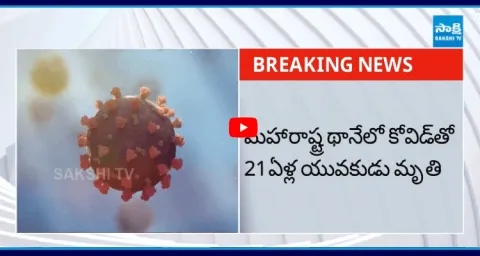
బి. రాజేంద్ర
Every student feels this topic as of a very dry one and understanding is not an easy one. The reason is without diagrams this topic cannot be explained easily and efficiently.
Histology and Anatomy of Flowering Plants
The Unit VI is of only one chapter i.e chapter 12- Histology and Anatomy of Flowering Plants. In the previous chapters the basic structural units of all organisms and its organelles were described. The internal structure and organization is described in this chapter very briefly. Important features of this entire unit is as follows..
Every student feels this topic as of a very dry one and understanding is not an easy one.
The reason is without diagrams this topic cannot be explained easily and efficiently.
The diagrams in the text book are insufficiently less.
Unlike in human anatomy or anatomy of cockroach or earthworm, plant anatomy needs a microscope to study.
All anatomical features are the result of microscopic study.
Student needs a three dimension-al visual ability to understand anatomy.
In the beginning of the chapter different tissues are described. In the description of the meristematic tissues mostly the functions are described.
The most important aspect , the structural features, of such a remarkable tissues are ignored.
It is left to the students' imagination, the structure of the meristematic tissues comparing this with permanent tissue
In the simple tissues structural part is described but not much about the functional aspects of the tissues.
The location of the tissues is not explained correlating with their functions.
After studying the complex tissues no student will be of without doubt.
Without mentioning what is a secondary xylem, the primary xylem is explained elaborately. Without a diagram of a complete xylem and phloem in T.S. it is difficult to visualize what a complex tissue is.
It will be very difficult to answer the MCQs with this kind of explanation.
The tissue systems are explained well but without a diagram.
The epidermal tissue system also needs a good diagram.
The importance of holistic idea cannot be achieved even after going through the description.
The vascular tissue system is explained to make the student understand the internal structure of the roots and stems.
Without practical knowledge stu dent is at disadvantage..
Internal structure of dicot stem , dicot root, Monocot stem and monocot roots are described very briefly.
All these four descriptions are very important for IPE examinations.
The description is insufficient to write a Long Answer Question.
Student is advised to write separately with sub-headings after going through the description given in the text book and practice it.
The description must include structural features and functional aspects of every layer and every part of the organ.
For example ,the description of the epidermis of the root- It is a multicellular single layered living cells arranged without intercellular spaces . Cuticle is absent. Many cells protrude into a finger like projections -root hairs. Function of the epidermis in root is protection and absorption of water, minerals.
For a long answer question such a description is necessary.
Well labeled diagrams are also necessary. Text book diagrams are not clear and legible. Student has to learn from their lecturers and practice twice before the exams. The description and diagram should correlate each other.
If the student is familiar with practicals , answering these questions will be very easy.
Regarding the anatomy of the leaf same method must be followed as with that of stem and root.
Studying Secondary growth is important for SAQs
Understanding the difference between primary growth and secondary growth is very difficult for the student in detail. But the topic is very important for the Short Answer type Questions. This part must be studied carefully to not to get confused.
For IPE examinations the chapter is having 14 marks weightage. One of the three LAQ will be from this chapter.
Student with good skills in drawing diagrams only should attempt this question. Comparing to other LAQs from chapters, answering this question will take longer time.
Preparing for SAQs from this chapter is very easy. But every question needs a diagram in their answers.
Student should practice diagrams well with concentration and without any confusion. This will help in remembering and answering better the SAQs from this chapter.
Important points to remember for EAMCET
All apical meristems are primary but all primary meristems are not apical.
All secondary meristems are lateral but all lateral meristems are not secondary.
Intercalary meristems are primary.
Lateral meristems increases the girth of the plant.
Secondary meristems produce secondary tissues.
All living cells can divide in the plants but meristematic cells continuously divide.
Intercellular spaces are absent in the meristems.
Nucleus is centrally located. Vacuoles are absent are minute.
Root apex show four layers of meristematic layers.
Location of collenchymas is always peripheral. They can provide mechanical support.
Collenchymas is absent in underground parts and monocots.
All living cells can divide, store food and secrete.














